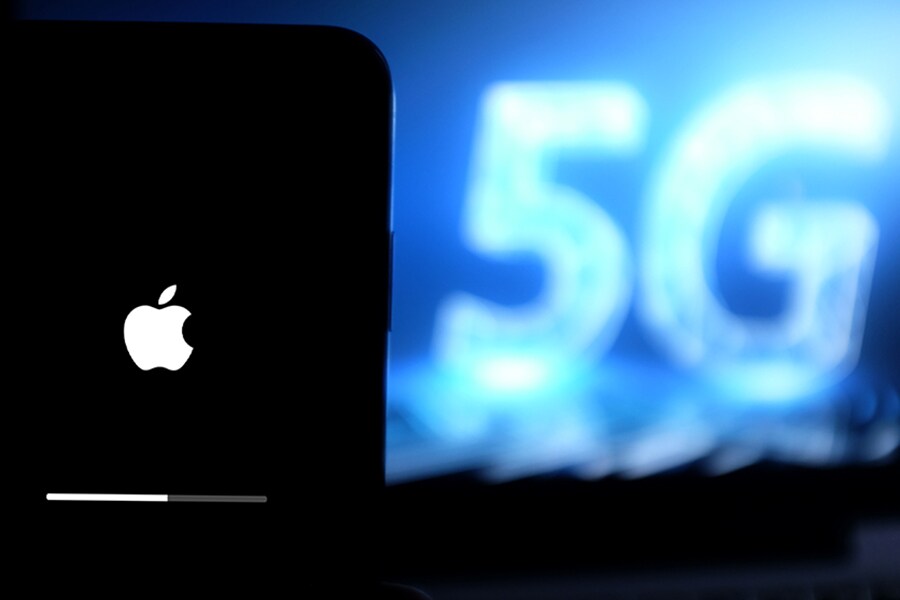
Apple Introduces New iPhones, promoting their 5G capability
The iPhone 12, the successor to last year's iPhone 11, has an improved screen and faster chip. But in the near term, the new 5G cellular technology probably won't be a big leap forward
 Image: Shutterstock
Image: Shutterstock
Apple unveiled its newest iPhone on Tuesday, showcasing a model that is thinner, smaller and lighter than its predecessor, and capable of operating on the next generation of cellular networks, called 5G.
The iPhone 12, the successor to last year’s iPhone 11, has an improved screen and faster chip, among other upgrades. It has smooth, flat edges, unlike the rounded corners of past models. The screen uses OLED, a brighter display technology that replaces the older LCD technology in the last entry-level iPhone, and Apple said it toughened the glass of the touch screen, making it four times more likely to survive a drop.
The iPhone 12 will also come in two screen sizes: 5.4 inches and 6.1 inches. The smaller model, called iPhone 12 Mini, may appeal to people who prefer smaller phones.
Apple also introduced upgrades for its iPhone Pro models, its more expensive smartphones. These premium models have an extra camera lens, and their processors are slightly more powerful for taking special photos with extra high-resolution, which Apple calls deep fusion. They also include a Lidar scanner, a depth sensor that uses lasers to scan 3D objects, which could improve augmented-reality applications.
As he took the wraps off the iPhone 12 on Tuesday, Tim Cook, Apple’s chief executive, emphasized its compatibility with 5G networks.
©2019 New York Times News Service




